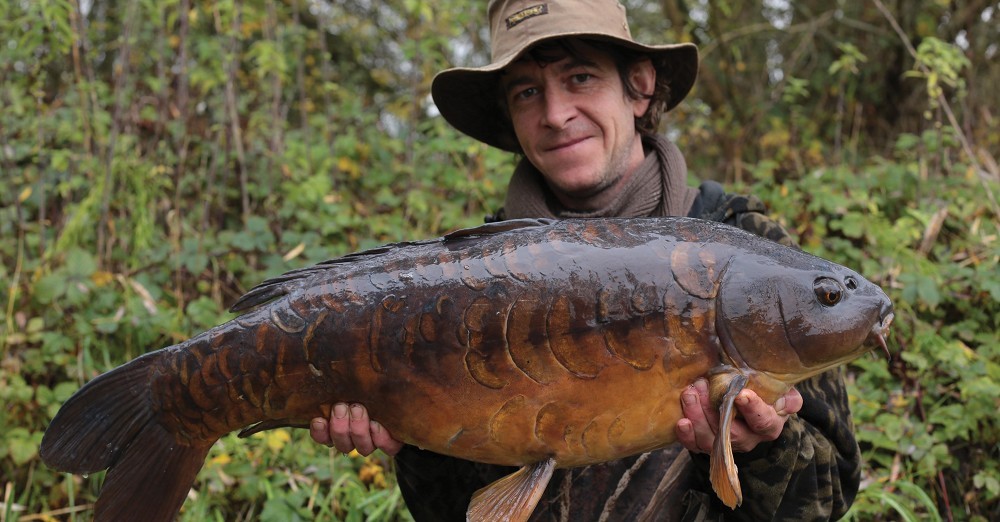
Undertows: how do they affect your angling?
“Do you take note of undertows or find that different sides of islands and sub-surface features fish in different conditions?”
You know, undertows are a really tricky topic to write about as there are so many variables involved.
Depths, shape of lake, islands, weedbeds, all of them have an influence. Even the trees surrounding a water are going to have an influence.
Undertows clearly have a big effect on where the carp end up, but for the most part I choose the areas I want to fish according to what the wind is doing at surface level, and whether I think the fish will be on it or off it. In winter, when the carp spend a lot of time off the winds, I tend to choose areas based on how protected and sheltered they are. On the other hand, if it was a warm wind in the spring you’d probably find me fishing right in the teeth of it.
I’ve no doubt the carp are sometimes where they are because that’s where the undertows have led them, but it really is a tricky thing to follow and keep up with on each and every slight wind change. If it’s a long rectangular lake with no islands or features, facing perfectly up the compass with uniform depths all over then maybe undertows would be a bit easier to work out and follow. The wind blows down one end and the undertow pushes back up the lake in the opposite direction. Every force has an opposite reaction, so the stronger the wind, the stronger the undertow going in the opposite direction is going to be. Taking into account that fish will always turn into a flow, this is surely one of the main reasons carp like to follow a new wind. They’re swimming against the flow and so logic should tell us that they’re going to end up on the windward bank. The water’s likely to be more oxygenated on the windward bank too, which in mid-summer can make a big difference.
Obviously in the winter there are other things to take into account, namely temperatures, hence we’re generally better off fishing the more sheltered area rather than in the teeth of it at this time of the year. One theory I’ve never really bought into is the one that says carp follow the wind because that’s where all the food ends up. Maybe on a spring or summer fly hatch, but in mild, choppy November south westerlies? Surely they’re following it for other reasons.



